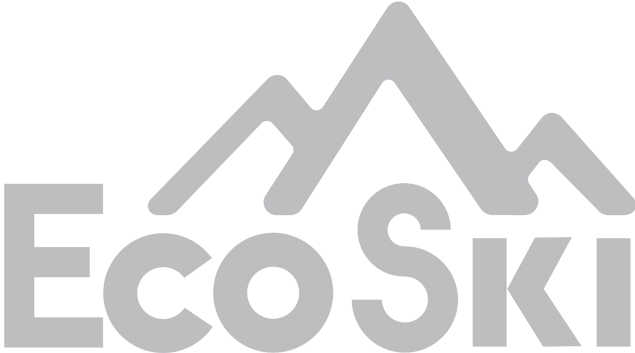This website uses cookies to ensure you get the best experience on our website. To read our full cookie policy please click here.
Growing a Conscience: The brands working towards clothing that nurtures nature
 The fashion industry is the second largest polluter in the world after the oil industry, but it doesn’t have to be. As understanding of global warming grows, attitudes are changing, and people and companies are realising they must think and act long-term.
The fashion industry is the second largest polluter in the world after the oil industry, but it doesn’t have to be. As understanding of global warming grows, attitudes are changing, and people and companies are realising they must think and act long-term.
One of the leaders in the sustainability field is Patagonia, designer of outdoor clothing and gear, with a mission statement that reads: ‘We’re in business to save our home planet’.
Founded in 1973, Patagonia is a consistent innovator investing in research and design while also devoting time and money to help tackle the environmental crisis. In 2017, Patagonia helped establish the Regenerative Organic Certification, holistic agriculture documentation encompassing pasture-based animal welfare, fairness for farmers and workers and robust requirements for soil health and land management.
Through piloting and pioneering regenerative organic farming, Patagonia wants to show the world that clothing fibres and food can be grown more sustainably. Regenerative organic farming means avoiding synthetic pesticides and genetically modified organisms and embracing organic methods and protocols. Crop rotation, inter-cropping, composting and low- to no-tilling of the soil, are utilised to bring out the best in the land, the produce, and the people.
Patagonia’s aim is to raise awareness that healthy soil (untouched by harmful chemicals and industrial farming) can trap significantly more carbon, helping to tackle global warming.
Icebreaker is another brand that understands the importance of nature-based solutions. It works with merino sheep farmers to provide the raw material for the company’s range of outdoor wear. It has recently partnered with Smartwool and Allbirds to develop ZQRX, the world’s first regenerative wool platform. ZQRX challenges growers to go beyond sustainability by understanding the complex interactions between livestock, soil, climate, and community. If farmers can manage their soil better, the soil can capture more carbon dioxide and keep it from re-entering the atmosphere. Supporting and championing farmers, like the Harvey family, who practice regenerative farming and tree planting to carbon offset their impact, is vital to Icebreaker’s continuing success.
Committed to sustainable eco-design, Picture ensures all its products are made from 100 percent recycled, organic or responsibly sourced materials. A company that is always looking for new solutions to directly, or indirectly, wipe out dependence on fossil fuels, it has embraced bio-sourcing. In the case of a snow jacket, this means creating a fabric partially made with plant material such as sugar cane or castor beans to replace petroleum-based MEG (monoethylene glycol – the raw material in the production of polyester fibre). In the 2021/2022 range, sixty percent of Picture’s products are made using sugarcane waste and Picture are further improving their transparency by carbon counting the footprint of each item. This allows the company to see which areas of production emit the most greenhouse gases.
Mons Royale and Ortovox are two other brands committed to ensuring wool is responsibly produced and sourced. Mons only use ZQ certified wool and Ortovox has its own Ortovox Wool Promise (OWP) ensuring all wool is 100 percent mulesing free.
Working with recycled materials is another way many brands have been able to create a product with a reduced footprint. Waterhaul makes glasses from recycled plastic and old fishing nets, Dinoski makes snowsuits from plastic bottles, and Planks clothing now uses recycled material in over half of its ski wear. This season, Protest is using even more recycled content. Some of the range uses a clever 60/40 percent mixture of recycled PET and ground coffee waste.
There are many more clothing companies who are committed to making a change and helping consumers to buy better and to buy less. To find out who these companies are, look out for Certified B Corp companies and BlueSign approved fabrics; search out brands that use organic materials and that can trace their fabrics back to source; check if they use ethical supply chains and that they support, use and encourage recycling. All the information you need to make an informed choice should be on the labels or on the brand’s website.
By Al Atkinson

